4. Sports ground
Hedens Idrottsförening has a long history and has extensive youth activities. The newly renovated Olympia sports facility - shared by the Heden and Trångfors sports clubs - includes a sports yard, grass pitches and an artificial turf pitch. As a curiosity, the village's first soccer field was jokingly called "Dammvalla" (dust field), because the dusty composition of the ground made it difficult to play. The name Olympia was taken from the association formed in 1952 for youth activities in the village, IF Olympia. The club was initially financed by the dance floor, but above all the bingo became a steady source of income. During the 1970s, bingo fever peaked and busloads of gambling enthusiasts arrived from places like Arjeplog, Arvidsjaur, Älvsbyn, Skellefteå and Malmfälten. In the early 1990s, bingo activities were moved to Olympia and now car bingo is organized on Saturdays during the summer.





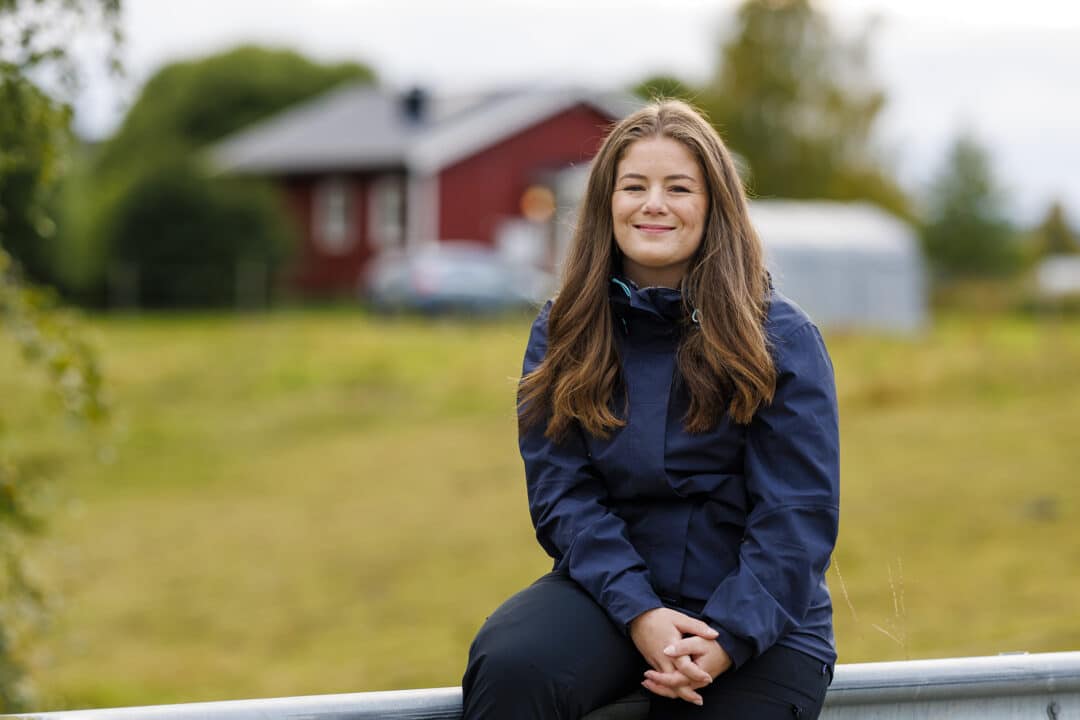
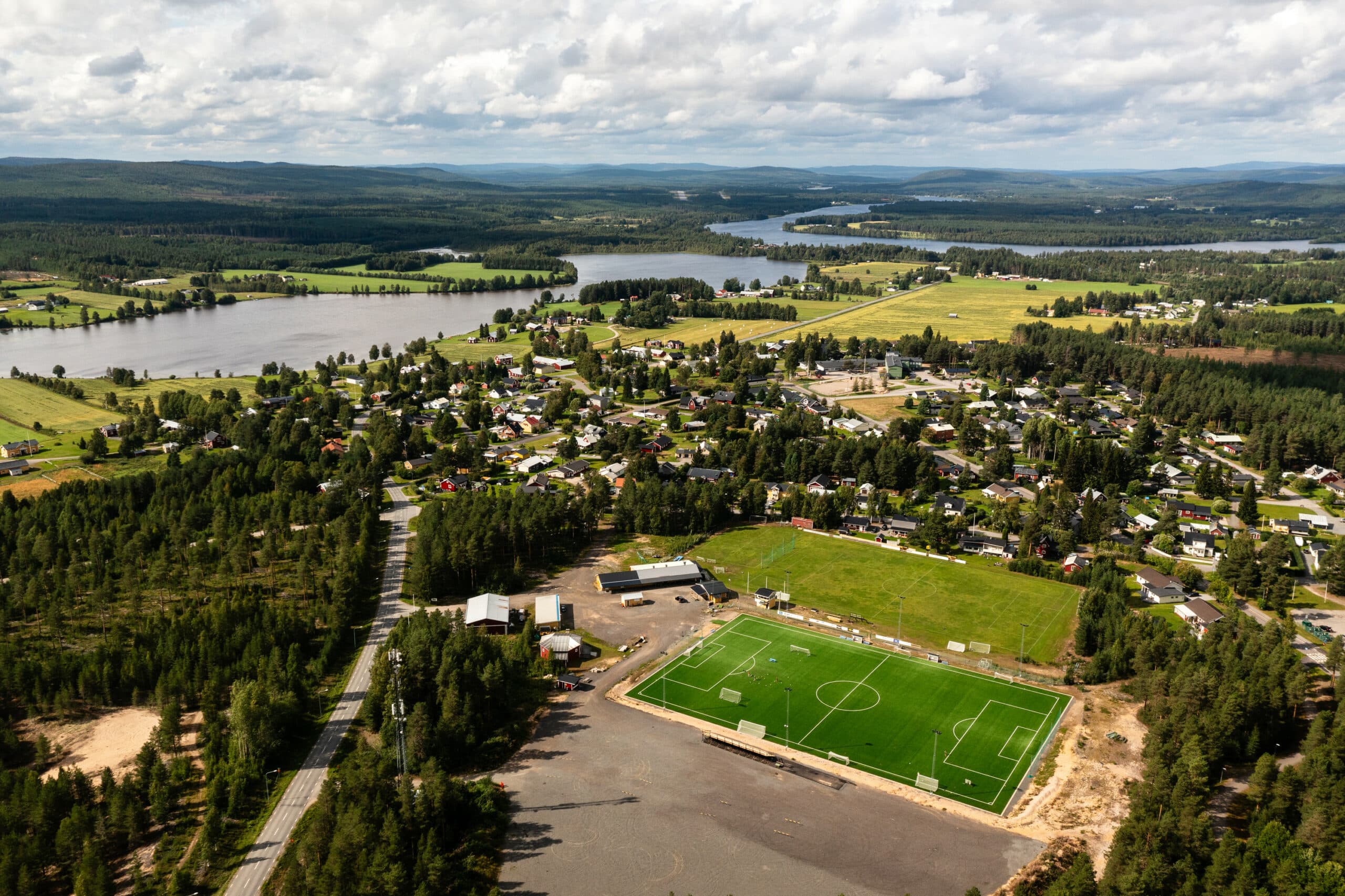

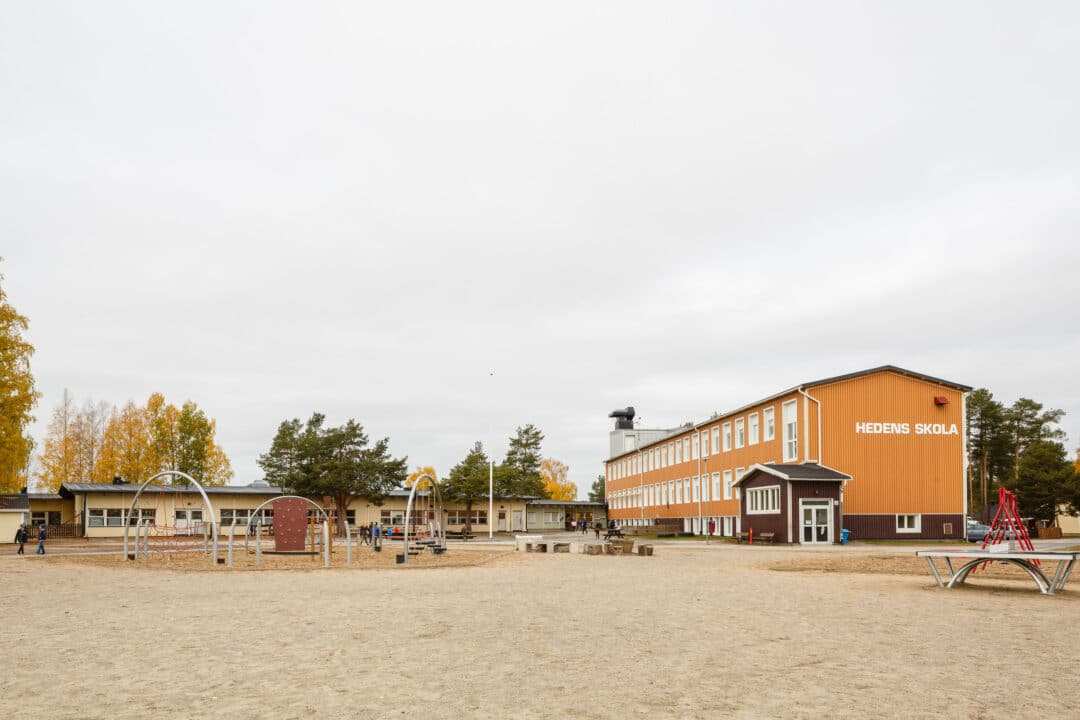

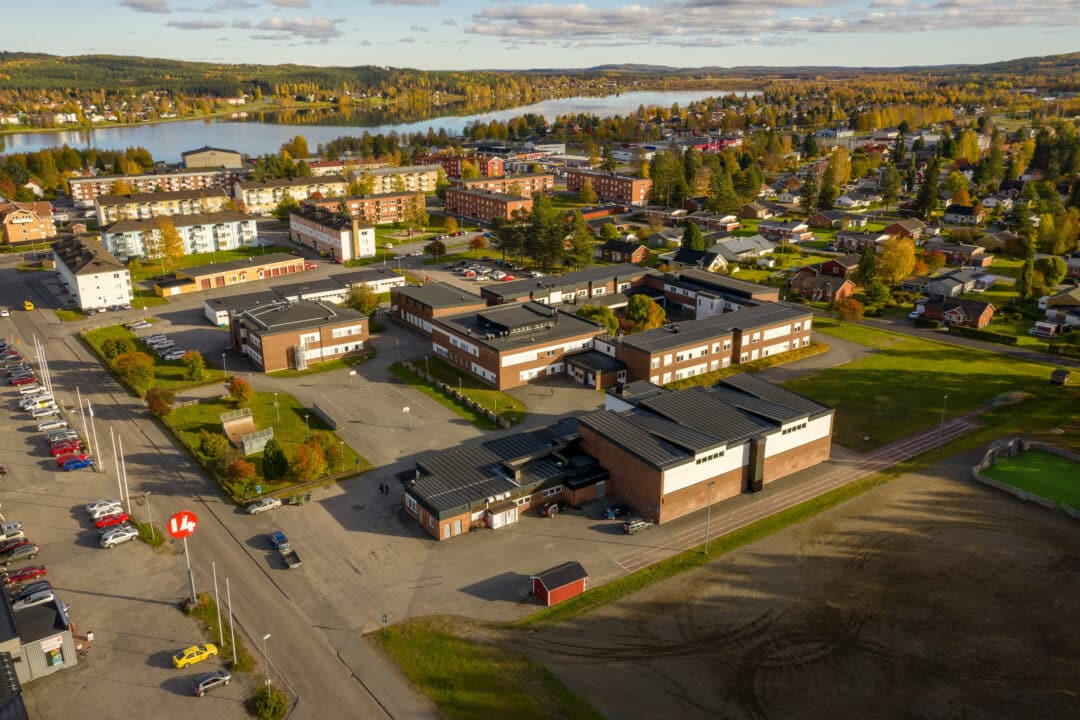



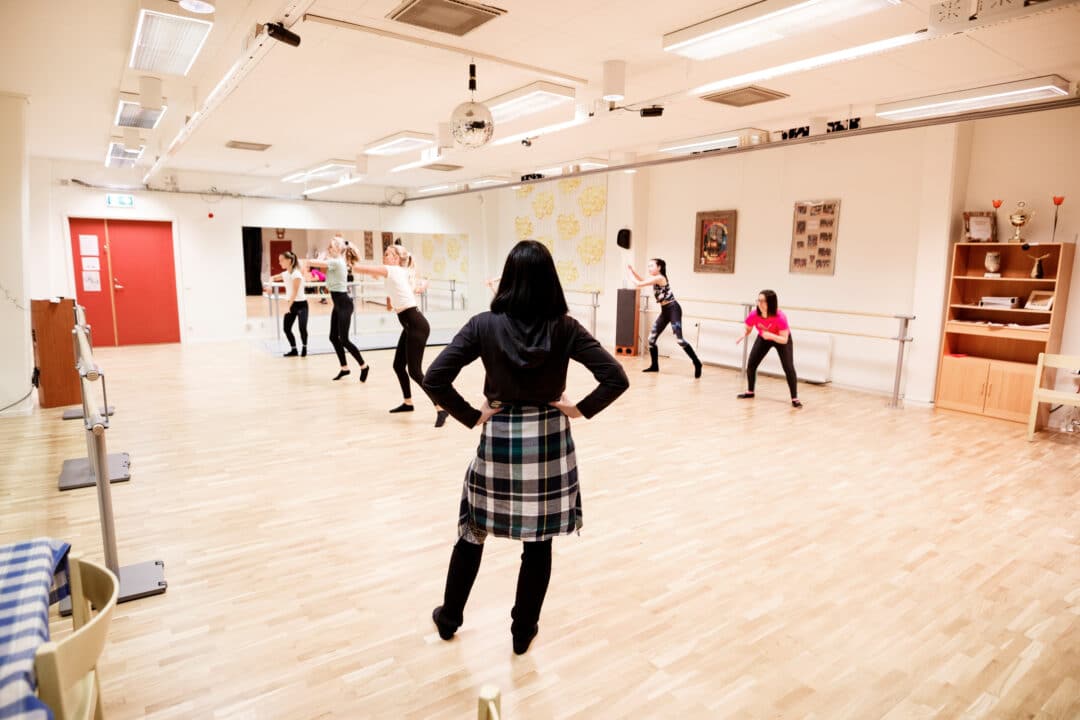

City center
6,7 Kilometer